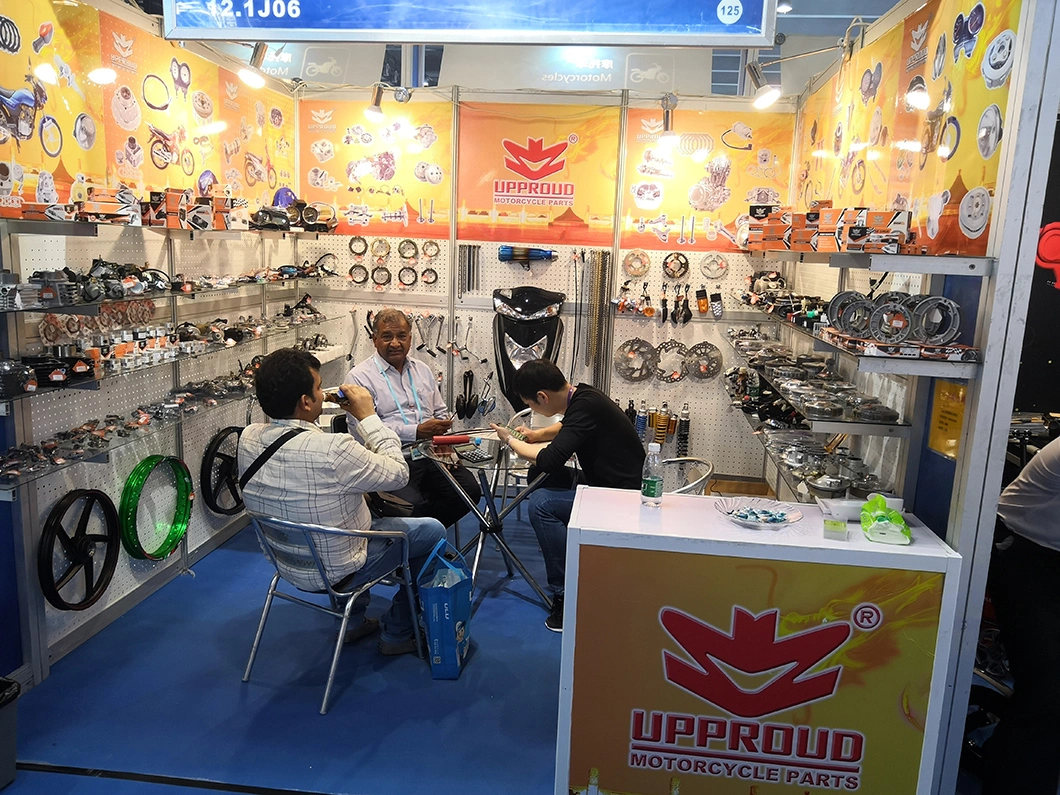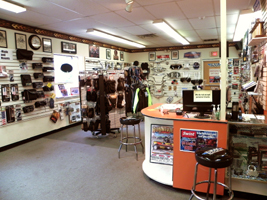Visit Our Motorcycle Shop for Professional Guidance and Top Quality Products
Visit Our Motorcycle Shop for Professional Guidance and Top Quality Products
Blog Article
Understanding the Vital Components of a Motorbike: A Comprehensive Guide for Enthusiasts
For bike lovers looking to elevate their riding experience and ensure their bikes run smoothly, understanding the vital parts of a motorbike is critical. Each aspect, from the engine's complex operations to the important function of the braking systems, not just impacts efficiency yet also safety and comfort.
Engine Parts

The camshaft plays an important function in controlling the timing of the engine's valves, making certain the specific opening and closing required for reliable gas and air intake, as well as exhaust expulsion. This timing is vital to preserving optimal engine efficiency and effectiveness. In addition, the carburetor or gas injection system, relying on the motorbike design, is in charge of mixing air with gas in the right proportion for burning.
The air conditioning system, either air or liquid-based, works to preserve the engine's temperature level within functional limits, avoiding overheating and guaranteeing durability - mx gear nz. Each element, carefully developed and integrated, adds to the seamless procedure of the engine, specifying the motorbike's power outcome and overall performance
Transmission System
Essential to the motorcycle's functionality, the transmission system guarantees effective power transfer from the engine to the wheels. This system makes up a number of essential parts, consisting of the clutch, gearbox, and last drive, each playing an essential duty in translating the engine's power right into activity. The clutch, commonly run by a hand lever, serves to engage and disengage the engine from the transmission, permitting smooth gear adjustments and controlled velocity.
The gearbox, commonly described as the transmission proper, includes a set of gears that riders can by hand change via to adjust the bike's rate and torque result. These equipments are set up in a sequence that enables the motorbike to accelerate efficiently and keep ideal engine efficiency throughout numerous speeds. A lot of motorcycles use a consecutive transmission, requiring the motorcyclist to shift equipments in an established order.
Braking Systems
While recognizing the transmission system is essential to taking advantage of a motorcycle's power, just as crucial is the ability to regulate and quit that power successfully, which is where stopping devices come right into play. Brakes are essential for safety and performance, providing the rider with the required control to navigate different surfaces and problems. Usually, motorcycles feature two sorts of braking systems: disc brakes and drum brakes.
Disc brakes are extra prevalent in contemporary motorbikes because of their remarkable performance. They include a brake disc, caliper, and pads. When turned on, the caliper presses the brake pads against the spinning disc, converting kinetic power into heat, consequently slowing the wheel. This system provides far better warmth dissipation, regular efficiency, and boosted quiting power, specifically in wet problems.
Conversely, drum brakes, though less common, are still discovered in some bikes. They function by pushing brake footwear versus the internal surface of a drum affixed to the wheel. While usually much less efficient in warmth dissipation and stopping power, drum brakes are easier and more cost-effective.
Understanding these braking systems' nuances permits cyclists to keep their motorbikes appropriately and value the design that ensures effective and safe quiting.
Suspension and Guiding
Suspension and guiding systems are crucial parts that dramatically affect a bike's handling and experience comfort. The suspension system, containing forks at the front and shock absorbers at the back, soaks up roadway abnormalities, enhancing security and control. Front forks, normally telescopic or upside down, compress and rebound to reduce impacts, while back shock absorbers keep tire contact with the roadway, vital for grip and security.
Steering, centered around the handlebars, links the rider to the motorcycle's directional control. The guiding head bearings guarantee smooth procedure, allowing precise ability to move. Appropriate positioning and upkeep of these bearings are essential for predictable guiding reaction and reducing cyclist tiredness.
The suspension's adjustability is an additional vital facet; preload, damping, and rebound settings enable personalization to fit various riding designs and conditions. This versatility is essential for optimizing performance, whether navigating urban roads read this or taking on visit rugged routes. Advancements like digital suspension systems provide real-time adjustments, boosting ride high quality throughout diverse surfaces.

Electrical Equipments
After guaranteeing a regulated and smooth experience via effective suspension and steering systems, focus turns to the electric systems, a pivotal element of modern-day bikes. These systems play an important duty not just in starting the engine but likewise in powering numerous components that enhance the functionality and safety of the bike.
At the heart of a motorcycle's electrical system is the battery, which shops electric power needed for starting the engine and powering supporting systems - motocross parts nz. The generator or generator, coupled with the rectifier-regulator, guarantees the battery stays charged while the motorcycle functions, converting mechanical energy into electric energy and preserving voltage levels
The ignition system, another vital component, is in charge of stiring up the air-fuel blend in the engine's cyndrical tubes. Modern motorcycles often make use of an electronic ignition system, using greater efficiency and integrity compared to standard systems.
Lighting systems, consisting of headlights, tail lights, and indicators, are likewise important, making sure visibility and safety and security for the rider. Additional electronic parts such as sensing units, control devices, and presents add to sophisticated features like gas injection management, anti-lock stopping systems (ABS), and electronic control panels, even more enhancing the riding experience.
Conclusion
An extensive understanding of a motorcycle's important components, consisting of the engine, transmission system, stopping systems, suspension, guiding, and electrical systems, is important for fanatics intending to enhance convenience, safety and security, and performance. Mastery of these elements permits educated choices pertaining moved here to upkeep and upgrades, ultimately enhancing the riding experience. By integrating this understanding, bikers can ensure their bikes run at peak efficiency and integrity, thus optimizing both pleasure and long life of their vehicles.
For motorbike fanatics looking to boost their riding experience and guarantee their bikes run smoothly, recognizing the important parts of a motorcycle is extremely important.Essential to the bike's performance, the transmission system makes certain reliable power transfer from the engine to the wheels.While understanding the transmission system is crucial to harnessing a motorbike's power, just as crucial is the ability to manage and quit that power efficiently, which is where stopping systems come right into play. Typically, motorbikes include two types of braking systems: disc brakes and drum brakes.
A comprehensive understanding of a motorcycle's necessary elements, including the engine, transmission system, stopping systems, suspension, steering, and electrical systems, is essential for enthusiasts intending to maximize safety, efficiency, and comfort.
Report this page